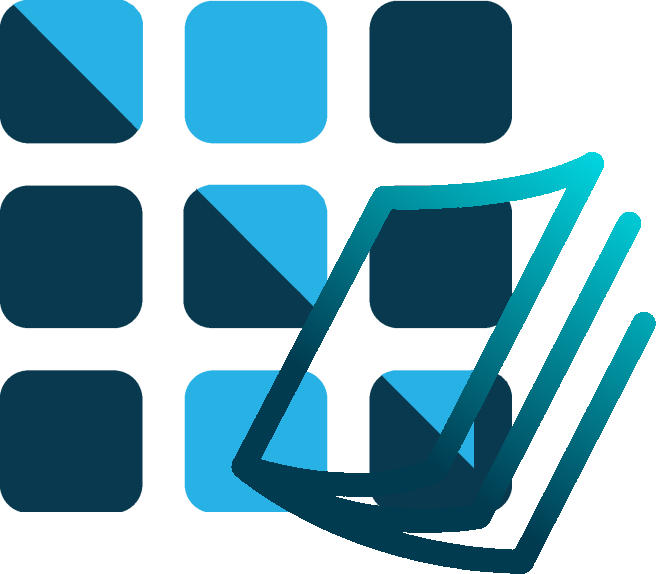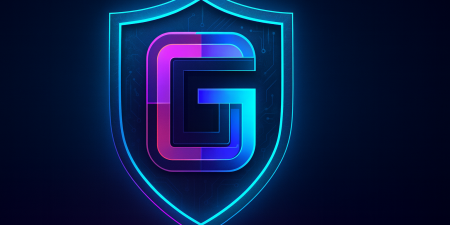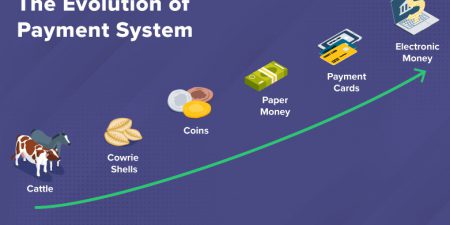I. Introduction
In the rapidly evolving landscape of digital technology, the world witnessed an unprecedented event on July 19, 2024 – a global IT outage that brought critical systems to a standstill across continents. This incident, triggered by a seemingly routine software update, exposed the fragility of our current centralised IT infrastructure and ignited urgent discussions about the future of digital systems.
As airlines grounded flights, hospitals postponed surgeries, and financial institutions grappled with frozen systems, the ripple effects of this technological breakdown were felt in every corner of our interconnected world. This catastrophic event served as a stark reminder of our growing dependence on centralized digital infrastructure and the potential consequences of its failure. However, this article aims to do more than merely recount the chaos of that day. It seeks to explore the underlying vulnerabilities of our current systems and propose a radical shift in how we approach IT infrastructure. We stand at a crossroads, faced with the challenge of building more resilient, secure, and equitable digital systems that can withstand the pressures of our increasingly complex world.
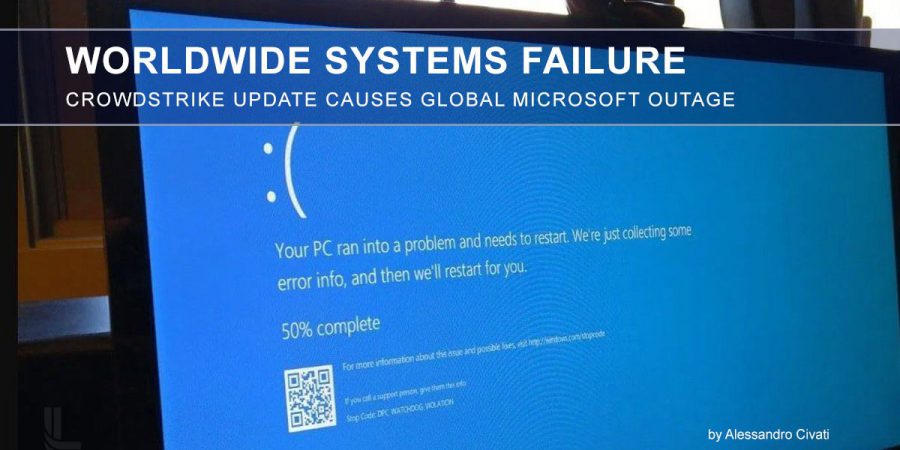
a thing of the past, not?
Enter the concept of decentralised, high-redundancy solutions. These innovative approaches to IT architecture promise a more fault-tolerant future for our digital systems. By distributing processing power, data storage, and control across a network of nodes, decentralised systems offer a potential shield against the type of widespread disruption we recently experienced. One such pioneering solution is GRIDNET OS, a decentralised operating system that aims to revolutionise how we think about IT infrastructure. Leveraging blockchain technology and distributed computing, GRIDNET OS represents a new paradigm in digital architecture. It not only addresses the immediate concerns of system resilience but also opens up new possibilities for innovation, privacy protection, and democratised access to advanced technologies. As we delve into the details of the recent global IT outage, examine the vulnerabilities of centralised systems, and make the case for decentralised solutions like GRIDNET OS, we invite readers to consider the broader implications of this technological shift. We’ll explore how these changes could impact various sectors, from healthcare to finance, and discuss the challenges and opportunities that lie ahead in adopting decentralised systems.
This is not just a story about technology; it’s about reimagining the very foundations of our digital world. As we navigate an increasingly complex and interconnected future, understanding these developments is crucial for businesses, IT professionals, policymakers, and anyone concerned with the stability, security, and potential of our technological infrastructure. Join us as we embark on this exploration of the future of IT infrastructure, where the lessons of the past inform the innovations of tomorrow, and where the promise of decentralisation offers a new path forward in our digital evolution.
II. The Global IT Outage: What Happened?

Honey, I’ll be late for dinner my boss.. don’t you believe me? Just fire up the TV !
On July 19, 2024, the world experienced what has been described as the “largest IT outage in history.” This unprecedented event unfolded rapidly, affecting millions of users and businesses across the globe, and exposing the fragility of our interconnected digital infrastructure.
A. Timeline of events
The outage began in the early hours of July 19, with the first reports emerging around 3:00 AM UTC. Initially, it appeared to be isolated issues affecting individual companies. However, by 5:00 AM UTC, it became clear that this was a far more widespread problem. Airlines were the first to report major disruptions, with flight information displays going dark and check-in systems failing. Within hours, the impact had spread to banks, healthcare systems, government services, and countless businesses worldwide.
B. Cause of the outage
The root cause of this massive disruption was traced back to a faulty software update released by CrowdStrike, a major U.S. cybersecurity firm. CrowdStrike’s Falcon software, which is widely used by Fortune 500 companies and government agencies to protect against cyber threats, experienced a critical failure when a new content update was pushed out to Windows systems. This update triggered what CrowdStrike described as a “logic error,” resulting in system crashes and continuous reboot loops on affected machines. The issue was compounded by the fact that CrowdStrike’s software operates at a deep level within computer systems, making it challenging to quickly diagnose and resolve the problem.
C. Scale and scope of the impact
The impact of this outage was staggering in its breadth and depth:
- Transportation: Major airlines worldwide, including American Airlines, United Airlines, Delta Air Lines, and others, were forced to ground flights. Airports in Sydney, London, Berlin, and numerous other cities faced severe disruptions.
- Healthcare: Hospitals and healthcare systems, including Mass General Brigham in Massachusetts and Mount Sinai Health System in New York, reported system outages affecting patient care and forcing the cancellation of non-critical procedures.
- Financial Services: Banks and financial institutions experienced disruptions in their trading systems and customer-facing services. The London Stock Exchange reported issues with publishing news updates.
- Government Services: Emergency 911 services in multiple U.S. states were briefly disrupted. Social Security offices and local Department of Motor Vehicles offices had to pause operations.
- Retail and Commerce: Major supermarket chains and retailers faced issues with their point-of-sale systems and inventory management.
- Logistics: Global shipping giants UPS and FedEx reported widespread disruptions, causing delivery delays in multiple regions.
The outage lasted for several hours, with CrowdStrike releasing a fix by 05:27 UTC. However, the effects lingered for days as businesses and organizations struggled to reboot systems, clear backlogs, and return to normal operations. This incident served as a wake-up call, highlighting the risks associated with centralized, widely-adopted software solutions. It demonstrated how a single point of failure could cascade into a global crisis, affecting critical infrastructure and essential services across continents. The event sparked renewed discussions about the need for more resilient, decentralised IT architectures that could withstand such failures and provide greater stability in our increasingly digital world.
III. Vulnerabilities of Centralized Systems
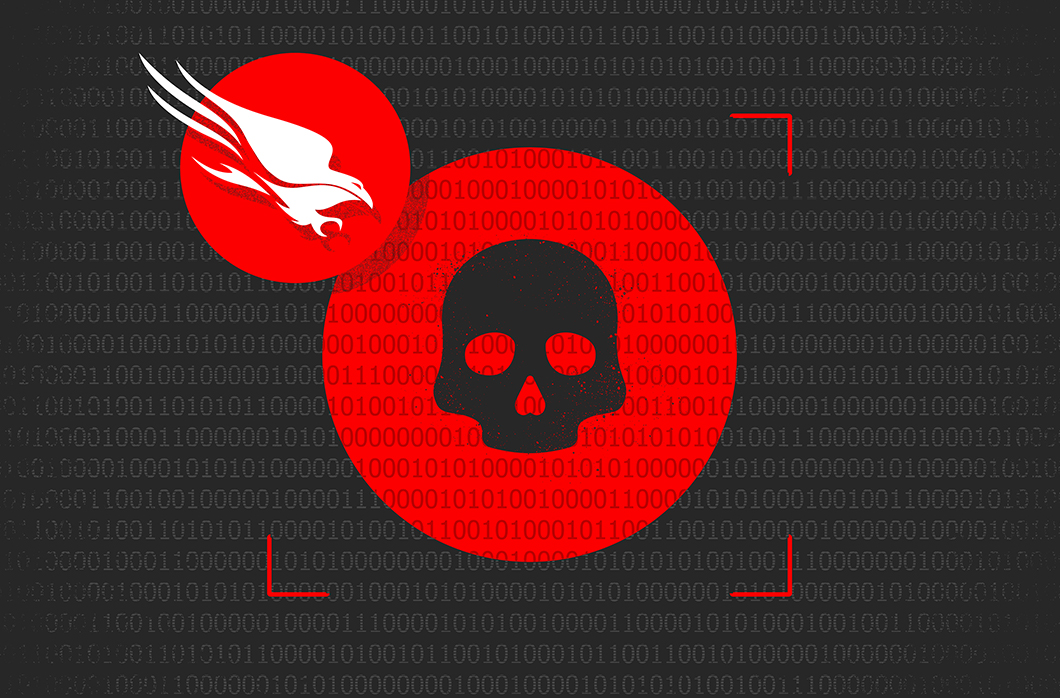
We find bugs very well.. we can help you.. oh yeah…
The recent global IT meltdown has laid bare the inherent weaknesses of our centralised digital infrastructure. As millions grappled with grounded flights, frozen bank accounts, and disrupted healthcare services, the fragility of the systems we’ve come to rely on became painfully evident. At the heart of this vulnerability lies the concept of single points of failure. In centralized systems, critical services and data often funnel through a handful of key providers or technologies. When one of these pillars falters, the ripple effects can be catastrophic. The CrowdStrike incident serves as a stark reminder of this danger, as a single software update managed to bring corporations and government agencies to their knees across continents. But the problem runs deeper than just isolated failures. In our interconnected digital landscape, the effects of outages cascade like dominoes. A glitch in one system can trigger failures in dependent systems, creating a chain reaction that amplifies the initial problem. During the recent outage, we saw this play out in real-time as airport display systems went dark, causing a domino effect that led to flight cancellations, stranded passengers, and logistical nightmares that persisted for days.
Perhaps most concerning is the tech industry’s growing dependence on a small number of major providers. Companies like Microsoft, Amazon, and Google have become the backbone of global IT infrastructure, providing cloud services, software solutions, and platforms that businesses worldwide rely on. While this consolidation offers benefits in terms of standardisation and ease of use, it also concentrates risk. When these tech giants sneeze, the whole world catches a cold. The CrowdStrike incident highlighted this dependency, as the company’s security software is deeply integrated into the systems of countless organizations. The failure of this single product managed to paralyse businesses across diverse sectors, from airlines to healthcare providers. This over-reliance on centralized solutions creates a precarious situation where a problem with one provider can have far-reaching consequences across the global economy.
As we reflect on the chaos wrought by this outage, it’s clear that our current approach to IT infrastructure is in need of a rethink. The vulnerabilities exposed by this incident aren’t just technical glitches to be patched; they’re fundamental weaknesses in the architecture of our digital world. The question now is whether we can learn from this wake-up call and explore more resilient, decentralized alternatives before the next big outage strikes.
IV. The Rise of Decentralized Solutions
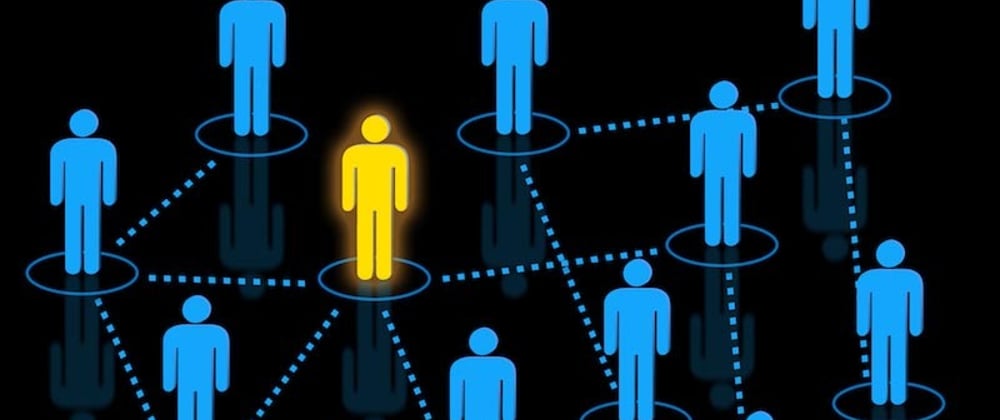
In a decentralised system everyone takes a portion of responsibility.
As the dust settles from the global IT catastrophe, a quiet revolution is brewing in the world of technology. Decentralized solutions, once the realm of crypto enthusiasts and blockchain evangelists, are stepping into the spotlight as potential saviors of our digital future. The seeds of this revolution were planted over a decade ago with the birth of Bitcoin. In 2009, an anonymous figure known as Satoshi Nakamoto introduced the world to a radical idea: a digital currency that could operate without central control. Bitcoin’s underlying technology, blockchain, proved that it was possible to create secure, transparent systems without relying on a single point of authority. But the true potential of decentralisation remained largely untapped until Ethereum burst onto the scene in 2015. Spearheaded by a young visionary named Vitalik Buterin, Ethereum expanded the concept of blockchain beyond just currency. It introduced the idea of “smart contracts” – self-executing agreements that could automate complex processes without intermediaries. Suddenly, the possibilities seemed endless.
These early pioneers of decentralisation were often dismissed as fringe players in the tech world. Yet, as centralised systems continue to falter, their ideas are gaining traction in unexpected quarters. Major corporations, once skeptical, are now exploring blockchain technology for everything from supply chain management to identity verification.
The advantages of decentralisation in IT infrastructure are becoming increasingly clear. Imagine a world where data isn’t stored in vulnerable central servers, but distributed across thousands of nodes. A world where services don’t grind to a halt because of a single point of failure, but continue to function through the collective power of a network. This is the promise of decentralised solutions. Enter GRIDNET OS, a bold new player in this decentralized landscape. More than just another blockchain project, GRIDNET OS represents a fundamental reimagining of what an operating system can be. It’s not content with merely decentralizing data storage or financial transactions. Instead, it aims to decentralize the very foundation of our digital interactions – the operating system itself.
As we stand on the brink of this new era, the potential of decentralised solutions like GRIDNET OS is both exhilarating and daunting. Could this be the key to building a more resilient digital infrastructure? Or will it introduce new challenges we’ve yet to foresee? One thing is certain: the rise of decentralisation is forcing us to rethink our approach to technology. As we’ll explore in the next section, GRIDNET OS isn’t just offering incremental improvements – it’s proposing a radical shift in how we interact with the digital world. And in doing so, it might just be laying the groundwork for a more stable, secure, and equitable technological future.
V. GRIDNET OS: A New Paradigm in IT Infrastructure
In the wake of the global IT meltdown, GRIDNET OS emerges as a beacon of innovation, promising a future where such catastrophic failures could become relics of the past. This pioneering decentralised operating system isn’t just an incremental improvement on existing technology – it’s a complete reimagining of how our digital world can function.
At its core, GRIDNET OS leverages the power of blockchain technology to create a truly distributed computing environment. Unlike traditional operating systems that run on individual devices, GRIDNET OS operates across a vast network of interconnected nodes. This means that when you’re using GRIDNET OS, you’re not just tapping into the power of your own device, but harnessing the collective computational strength of the entire network. One of the most striking features of GRIDNET OS is its approach to processing and storage. In conventional systems, your data and applications reside on your device or in centralised cloud servers. GRIDNET OS turns this model on its head. Here, your files and programs are split into encrypted fragments and distributed across the network. It’s a bit like scattering puzzle pieces across thousands of different boxes – only you have the key to put them back together. This decentralised architecture translates into unprecedented levels of redundancy and fault tolerance. If one node in the network fails, it doesn’t matter – your data and applications can still be accessed through countless other nodes. It’s this resilience that could make large-scale outages, like the one we recently witnessed, a thing of the past.
But GRIDNET OS isn’t just about robust backend infrastructure – it’s also revolutionising the user experience. Despite its complex underpinnings, GRIDNET OS offers a sleek, intuitive interface that rivals traditional operating systems. Users can interact with familiar elements like windows, files, and applications, all while benefiting from the security and stability of a decentralised system.
For developers, GRIDNET OS opens up a world of possibilities. The platform provides tools for creating decentralised applications (dApps) that can leverage the full power of the distributed network. Imagine social media platforms that can’t be taken down, or collaborative workspaces that remain accessible even in the face of major internet disruptions. Perhaps most intriguingly, GRIDNET OS introduces the concept of a global, decentralised file system. This isn’t just cloud storage – it’s a completely new way of thinking about how data is organized and accessed on a planetary scale. Users can seamlessly share and collaborate on files, with permissions and access rights managed through smart contracts. As we stand on the precipice of this new technological frontier, GRIDNET OS offers a tantalising glimpse of what’s possible when we rethink our fundamental assumptions about computing. It’s not just an operating system – it’s a new paradigm for how we can build a more resilient, secure, and equitable digital world. In the next section, we’ll delve deeper into how GRIDNET OS stacks up against traditional systems, exploring the potential benefits and challenges of this bold new approach to IT infrastructure.
VI. Comparing Traditional Systems with GRIDNET OS
As we ponder the future of our digital infrastructure, it’s crucial to understand how GRIDNET OS measures up against the systems we’ve relied on for decades. This comparison isn’t just about technical specifications – it’s about reimagining the very foundations of our digital world.

Let’s start with architecture. Traditional systems, like those that faltered during the recent outage, are built on a centralized model. They’re like a spider’s web with a single, crucial center. GRIDNET OS, on the other hand, is more akin to a vast, interconnected mesh. There’s no central point to target, no single thread that, when cut, can bring down the entire network.
This fundamental difference in design has far-reaching implications for vulnerability. When a centralized system is compromised, whether through a cyber attack or a simple software glitch, the effects can be catastrophic and widespread. We saw this play out in real-time during the CrowdStrike incident. GRIDNET OS, with its distributed architecture, presents a much smaller target. Even if part of the network is compromised, the system as a whole can continue to function. But it’s not just about defense. GRIDNET OS offers a level of scalability and adaptability that traditional systems can only dream of. In a conventional setup, scaling up often means adding more servers, more storage, more everything – a costly and time-consuming process. GRIDNET OS grows organically with its user base. As more people join the network, they bring their computational resources with them, automatically expanding the system’s capabilities.
Perhaps the most striking difference lies in the realm of user control and privacy. In traditional systems, users often have to trust large corporations with their data and hope for the best. Stories of data breaches and privacy violations have become all too common. GRIDNET OS flips this dynamic on its head. Here, users have unprecedented control over their data. They decide what to share, with whom, and under what conditions. It’s a level of digital autonomy that simply doesn’t exist in conventional systems. Of course, this new paradigm isn’t without its challenges. The decentralised nature of GRIDNET OS means that updates and changes to the system require consensus from the network. This can potentially slow down the pace of innovation compared to centralised systems where a single entity can push out updates at will. There’s also the question of energy consumption – running a distributed network can be resource-intensive, although proponents argue that the benefits outweigh the costs.
As we weigh these factors, it’s clear that GRIDNET OS represents more than just a new operating system. It’s a fundamental shift in how we think about computing, data, and digital infrastructure. While traditional systems have served us well, the recent global outage has exposed their limitations. GRIDNET OS offers a tantalising alternative – a more resilient, user-centric approach to technology that could reshape our digital landscape.
In the next section, we’ll explore what this shift could mean for the future of IT infrastructure, and the potential impact on industries ranging from finance to healthcare.
VII. The Future of IT Infrastructure
As we stand at the crossroads of technological evolution, the recent global IT outage serves as a stark reminder that our current infrastructure may not be fit for purpose in an increasingly digital world. The future of IT infrastructure is not just about faster processors or bigger data-centers – it’s about fundamentally reimagining how our digital systems operate.
Decentralised solutions like GRIDNET OS are poised to play a pivotal role in this transformation. As businesses and individuals alike grapple with the fallout from the recent outage, the appeal of a more resilient, distributed approach to computing is becoming increasingly clear. We’re witnessing the early stages of a shift that could be as significant as the move from mainframes to personal computers. The potential impact of this shift is far-reaching. In the financial sector, decentralised systems could provide a level of security and reliability that traditional banks can only dream of. Imagine a world where your money isn’t held in a centralised bank that could be hacked or experience technical difficulties, but instead exists on a distributed network that’s virtually impervious to attack or failure. Healthcare, too, stands to benefit enormously. The recent outage forced hospitals to cancel surgeries and left doctors unable to access patient records. A decentralized health information system could ensure that critical data is always available, potentially saving lives in emergency situations.
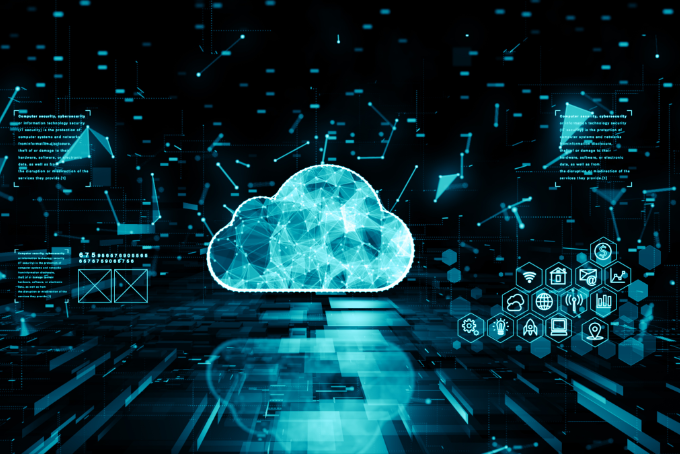
Even the way we interact with the internet could be transformed. Instead of relying on centralised service providers, we might see the emergence of a truly peer-to-peer web, where content is distributed across millions of nodes rather than stored on vulnerable central servers. However, the road to this decentralized future is not without its challenges. Adoption of new technologies on this scale is never easy, and there will undoubtedly be resistance from established players who benefit from the current centralized model. There are also technical hurdles to overcome, from ensuring interoperability between different decentralized systems to managing the energy demands of distributed networks.
Regulatory challenges loom large as well. Our current legal frameworks are built around centralised models of data ownership and control. A shift to decentralised systems will require a fundamental rethinking of everything from data protection laws to intellectual property rights. Despite these obstacles, the momentum behind decentralized solutions is building. The recent outage has served as a wake-up call for many organisations, forcing them to reconsider their approach to IT infrastructure. As more businesses and individuals begin to explore alternatives like GRIDNET OS, we may see a snowball effect, with adoption accelerating as the benefits become more apparent.
The future of IT infrastructure is not set in stone. It will be shaped by the choices we make today – by the technologies we choose to invest in, the regulatory frameworks we put in place, and the values we prioritize as we build our digital future. As we stand on the brink of this new era, one thing is clear: the status quo is no longer good enough. The recent outage has shown us the cost of complacency. Now, it’s up to us to seize the opportunity for change and build an IT infrastructure that’s truly fit for the challenges of the 21st century.
VIII. Decentralised Operating Systems: The Gateway to Open AI Evolution
As we stand on the precipice of a new technological era, it’s becoming increasingly clear that our current centralized systems may not be sufficient to handle the rapid advancements in artificial intelligence. The recent global IT outage has exposed the vulnerabilities inherent in our existing infrastructure. In light of these challenges, a decentralised operating system like GRIDNET OS emerges as not just an alternative, but potentially the only viable path forward for humanity to progress through the use of open, decentralized artificial intelligence sub-systems. The concept of a decentralised operating system represents a paradigm shift in how we approach computing and AI development. Unlike traditional centralized systems, a decentralised OS distributes processing power, storage, and decision-making across a network of nodes. This approach offers several key advantages that make it uniquely suited to fostering the growth of open AI systems.
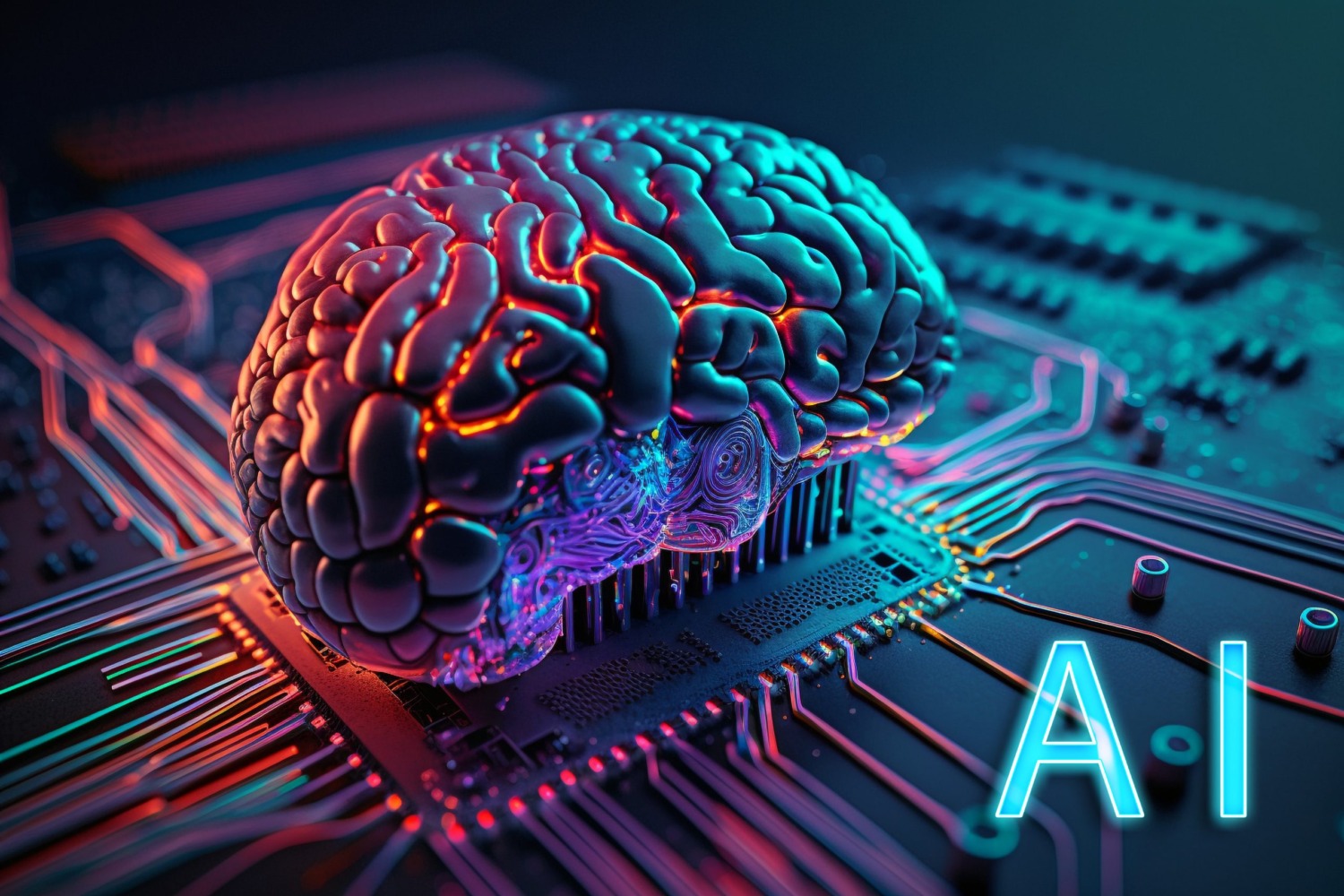
Firstly, a decentralised OS provides an unprecedented level of resilience. As we’ve seen with the recent global outage, centralised systems are vulnerable to single points of failure. In contrast, a decentralised network can continue to function even if individual nodes go offline, ensuring continuity and stability for AI operations.
Secondly, decentralisation promotes transparency and trust. In a world where AI is becoming increasingly powerful and influential, it’s crucial that its development and deployment are open to scrutiny. A decentralised OS, with its inherent transparency, allows for community oversight of AI systems, reducing the risk of misuse or unethical applications.
Moreover, a decentralised OS like GRIDNET OS offers built-in mechanisms for democratic decision-making. Through its decentralized voting constructs, the community can collectively guide the development and application of AI technologies. This democratic approach ensures that AI evolves in a manner that aligns with human values and societal needs, rather than being driven solely by corporate or governmental interests. The potential of decentralized AI extends far beyond mere technological advancement. As we’ve explored, it could revolutionise fields like biotechnology and life extension. By leveraging the collective power of distributed networks, we could accelerate research into aging reversal and life extension, potentially unlocking the secrets to longer, healthier lives. However, it’s important to note that this path forward is not without challenges. The transition to decentralised systems will require overcoming technical hurdles, regulatory barriers, and ingrained societal norms. Yet, as we’ve seen throughout history, evolution always finds a way. The move towards decentralized AI and operating systems is not just an evolutionary step in technology, but a necessary adaptation to the increasing complexity and potential of artificial intelligence.
When we think about it, a decentralised operating system offers a robust, transparent, and democratic framework for the development of open AI systems. As we navigate the ethical, social, and technological challenges of AI advancement, such a system may well be our best hope for ensuring that this powerful technology serves the collective good of humanity. The future of AI is open, decentralised, and within our grasp – we need only to embrace it.
IX Decentralised Operating Systems: Enabling Unfettered Scientific Progress
In the rapidly evolving landscape of artificial intelligence and computational science, the concept of a decentralised operating system emerges not merely as a technological innovation, but as a philosophical and ethical imperative. While the recent global IT outage highlighted vulnerabilities in centralised systems, the true significance of decentralised platforms like GRIDNET OS lies in their potential to foster uncensored scientific progress and technological advancement.

The core premise of decentralised operating systems in the context of AI development is rooted in the fundamental principles of scientific inquiry: openness, collaboration, and the free exchange of ideas. Historically, major scientific breakthroughs have often resulted from the cumulative efforts of researchers building upon each other’s work. A decentralised OS provides a digital analog to this process, creating an environment where AI algorithms and models can be developed, shared, and improved upon by a global community of researchers and developers.
This open approach to AI development addresses several key philosophical and practical concerns:
- Democratization of Knowledge: By distributing computational resources and access to AI tools across a network, a decentralized OS reduces barriers to entry in AI research. This democratization allows for a diversity of perspectives and approaches, potentially leading to more robust and innovative solutions.
- Ethical Oversight: The transparency inherent in decentralised systems allows for community-driven ethical oversight. As AI systems become more complex and influential, it’s crucial that their development is subject to scrutiny from a diverse range of stakeholders, not just a select few in control of centralized platforms.
- Resilience Against Censorship: In a world where scientific research can be subject to political or ideological pressures, a decentralized system provides a bulwark against censorship. Ideas and algorithms can propagate across the network, making it virtually impossible to suppress or control the flow of information.
- Accelerated Innovation: By allowing for parallel experimentation and rapid iteration across a distributed network, decentralized systems can potentially accelerate the pace of AI innovation. This is particularly crucial in fields like biotechnology and life extension research, where progress could have profound implications for human wellbeing.
- Philosophical Alignment with Scientific Principles: The decentralised nature of such systems aligns closely with the philosophical underpinnings of science itself – the idea that knowledge should be open, testable, and subject to peer review and criticism.
However, it’s important to acknowledge the challenges and potential drawbacks of this approach. Questions of data privacy, the potential for malicious use of AI, and the need for some form of governance structure must be addressed. These challenges, though, are not insurmountable and can be viewed as opportunities for further innovation in decentralised governance models.
The concept of a decentralised operating system for AI development is not just about fault tolerance or technological superiority. It represents a fundamental shift in how we approach the creation and dissemination of knowledge in the digital age. By providing a platform for unfettered scientific inquiry and technological innovation, such systems have the potential to accelerate human progress in ways we can scarcely imagine. As we stand on the brink of potentially transformative breakthroughs in AI, biotechnology, and other fields, the need for open, collaborative platforms becomes ever more pressing. A decentralised operating system offers not just a technological solution, but a philosophical framework for ensuring that the benefits of these advancements are shared widely and that their development aligns with our highest aspirations as a species dedicated to the pursuit of knowledge and understanding.
X. Final Words
The global IT outage of July 19, 2024, served as a stark reminder of the vulnerabilities inherent in our current centralised IT infrastructure. This unprecedented event, triggered by a simple software update, cascaded into a worldwide disruption that affected airlines, hospitals, financial institutions, and countless businesses. The scale and impact of this outage have forced us to reconsider our approach to IT infrastructure and the management of critical systems.
As we’ve explored throughout this article, the incident highlighted several key issues:
- The risks associated with centralised systems and single points of failure
- The over-reliance on a small number of major tech providers
- The need for more resilient and fault-tolerant IT architectures
- The potential of decentralised solutions to address these challenges
While traditional centralised systems have served us well for decades, the increasing complexity and interconnectedness of our digital world demand new approaches. Decentralised solutions, such as GRIDNET OS, offer a promising alternative that could potentially mitigate many of the risks exposed by the recent outage.
However, it’s crucial to recognise that the transition to decentralised systems is not without its challenges. Issues of scalability, interoperability, and regulatory compliance will need to be addressed. Moreover, the adoption of such systems will require a significant shift in mindset for both IT professionals and end-users. Yet, the potential benefits of decentralised systems extend far beyond mere resilience to outages. As we’ve discussed, these systems could foster innovation, enhance privacy and security, and even democratize access to advanced technologies like AI. The concept of a decentralised operating system opens up new possibilities for collaborative development, shared resources, and distributed governance.
As we look to the future, it’s clear that our approach to IT infrastructure must evolve. The recent outage has shown us the cost of complacency and the risks of centralisation. While decentralised solutions like GRIDNET OS may not be a panacea, they represent a significant step towards a more resilient, secure, and equitable digital future. The path forward will require collaboration between technologists, policymakers, and business leaders. We must work together to develop standards, address regulatory challenges, and create incentives for the adoption of decentralised technologies. Education and awareness will also play a crucial role in helping organisations and individuals understand the benefits and implications of these new systems.
The global IT outage of 2024 may well be remembered as a turning point in the history of information technology. It has challenged our assumptions about the robustness of our digital infrastructure and highlighted the urgent need for new approaches. As we move forward, the principles of decentralisation, resilience, and shared responsibility must guide our efforts to build a more stable and secure digital world. The future of IT infrastructure is not set in stone. It will be shaped by the choices we make today, the technologies we invest in, and the values we prioritise. By embracing innovation and learning from our experiences, we can create a digital ecosystem that is not only more resilient to failures but also more capable of supporting the complex needs of our increasingly connected world.
